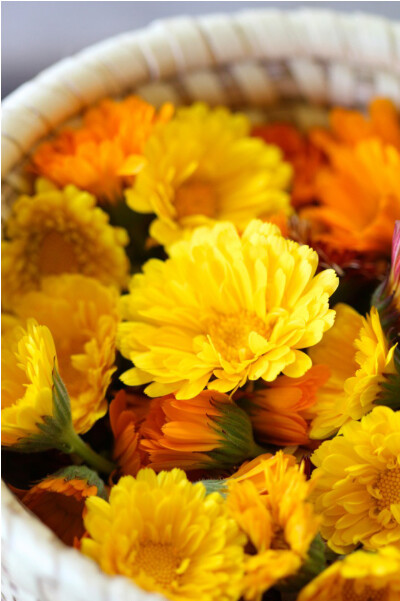
Rashes come in many varieties and can have a wide range of causes. Sometimes the reason may be obvious, like a rash caused by poison ivy. Other times it can be difficult to determine the cause. Rashes can be a reaction to a food, pollen, clothing, chemicals. Or they can appear because your ill or have poor digestion. The good news is there are many natural ways to treat a rash while you figure out the root cause.
Aloe Vera
Aloe Vera works particularly well on heat rashes, but is also useful for other skin conditions. It helps soothe the inflammation that causes redness. It also helps to decrease itchiness and adds moisture to the skin. More than 70 constituents have been identified in Aloe Vera, including vitamins, minerals, enzymes, and amino acids. It can also be used as a natural treatment for dry hair or an itchy scalp. Because it is known to have antibacterial and anti-fungal properties, it can also help with dandruff. And the enzymes in it can rid the scalp of dead cells and promote the regeneration of skin tissue around the hair follicles.
Healthy Diet
Drinking plenty of water and eating a healthy organic diet rich in fiber, can help flush any toxins that might be contributing to the rash. Clean sources of protein will help strengthen your immune system. Protein also provides the building blocks for cell regeneration. Chia, hemp and flax seeds contain fiber, protein, and omega-3 fatty acids which can help reduce inflammation. If you are dealing with a rash, you want to avoid processed and fried foods that contain inflammatory omega-6 fats and chemicals.
Witch Hazel
Witch hazel has been used as a natural healing remedy for hundreds of years. It has been used as a natural treatment for blisters, insect bites, poison ivy, toothaches and more. The most popular use for witch hazel is for skin care. This is because it has strong antioxidant and astringent properties that can hep treat acne, wrinkles and other skin conditions. Using witch hazel on rashes several times per day can help to calm the inflammation and itching.
Calendula
Calendula is a flowering plant that is known as marigold or pot marigold. The plant used medicinally is calendula officinalis, and is not the same as you see at garden centers. It is easy to grow and has been used for centuries both topically and internally. Calendula is a powerful antioxidant and also contains anti-inflammatory compounds. It has anti-fungal, anti-inflammatory, and antibacterial properties as well. Herbalists infuse oil with calendula flowers to use topically. Commercial preparations extract concentrated oil from the flowers. Baby lotions and diaper rash creams often contain calendula extract oil and is a great way to get other skin soothing ingredients and treat a rash.
Supplements
There are some supplements and herbs that are known to help reduce inflammation. Vitamin C is a powerful antioxidant and has antihistamine properties, which can help to reduce the inflammation of a rash. Quercetin is an anti-inflammatory plant flavonoid found in things like red wine, green tea, apples, berries and onions. It has been shown to reduce inflammation and calm allergic reactions. Ginger possesses antimicrobial and anti-inflammatory properties which can work well in treating different types of skin allergies. You letting a slice of ginger steep in hot water. When the ginger-infused water is cool, dab it on your skin to treat a rash. Or you can can take it internally in pill form.
Did this help you? If so, I'd greatly appreciate it if you commented and/or share it on social media.

Email: sharonledwards@hotmail.com
Facebook: https://www.facebook.com/sharonledwardsbiz/






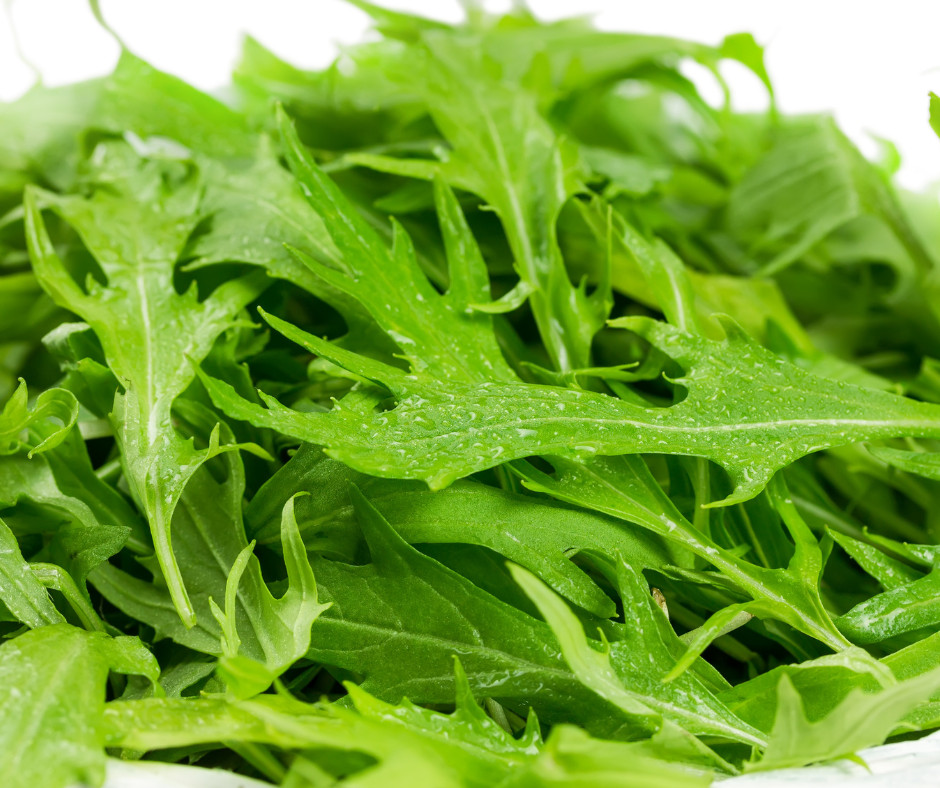

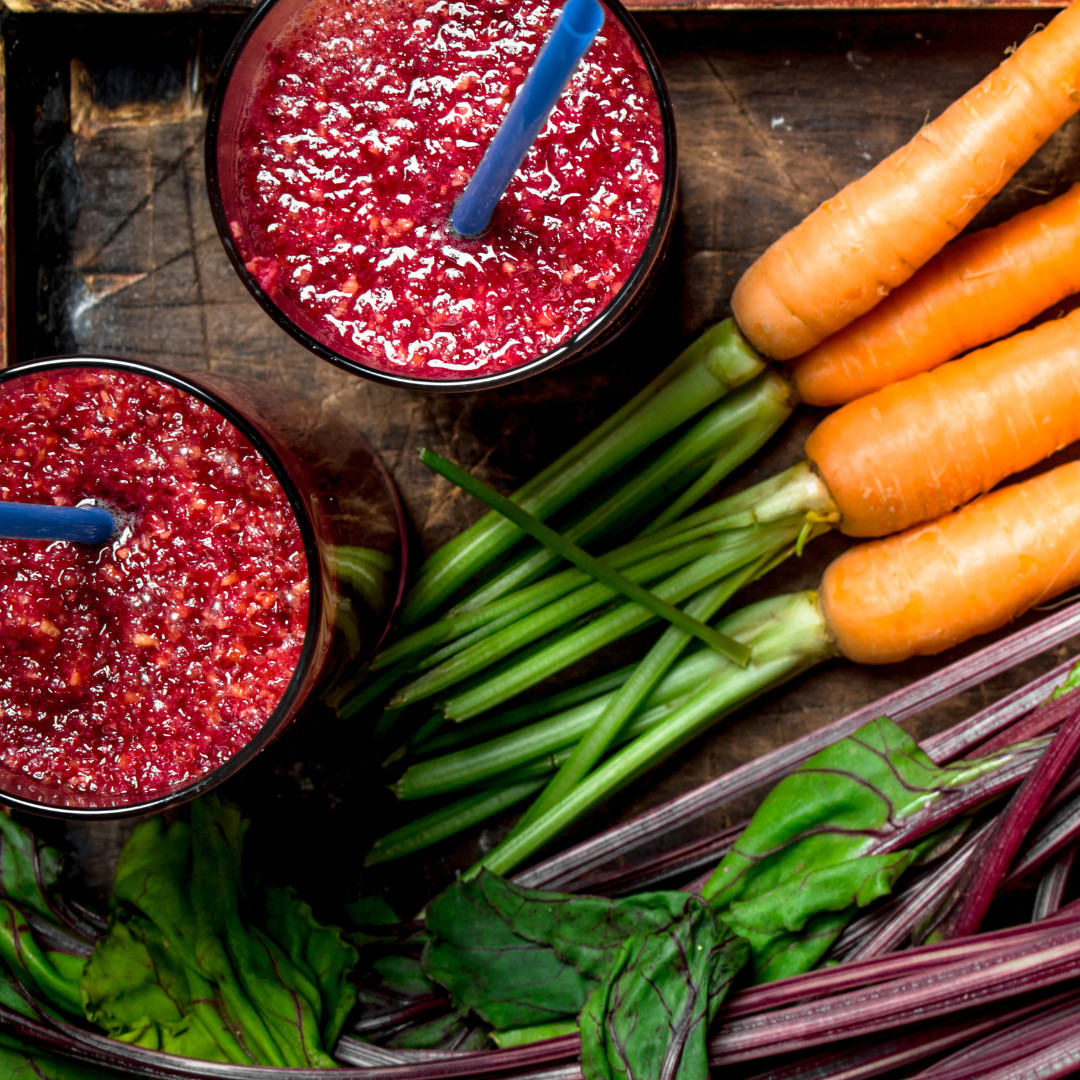


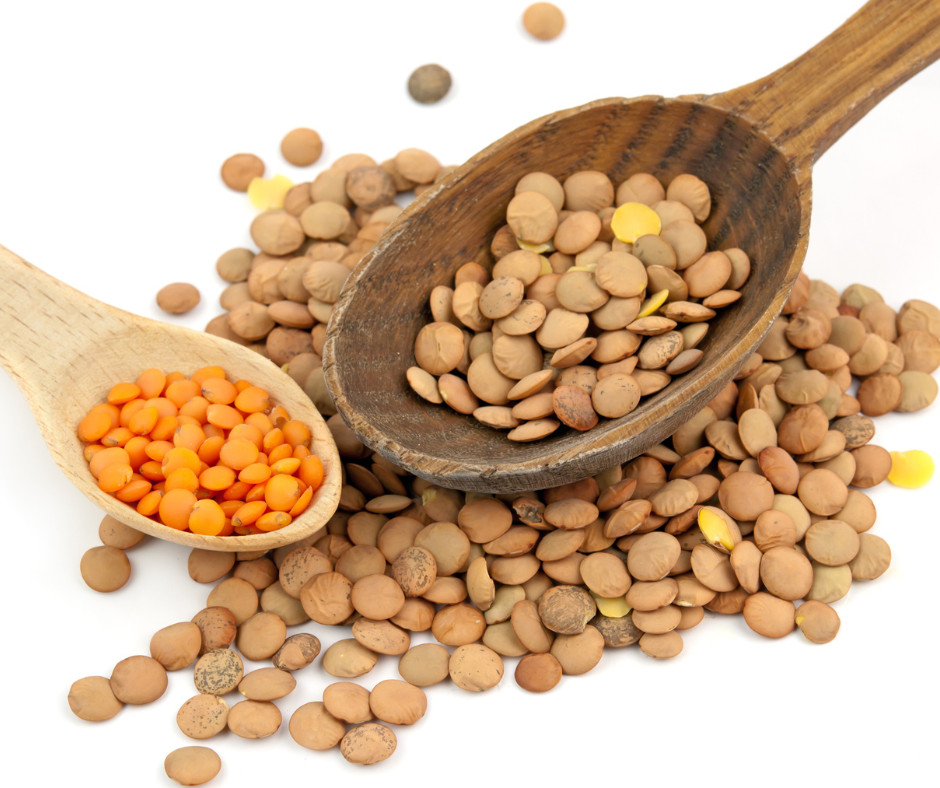
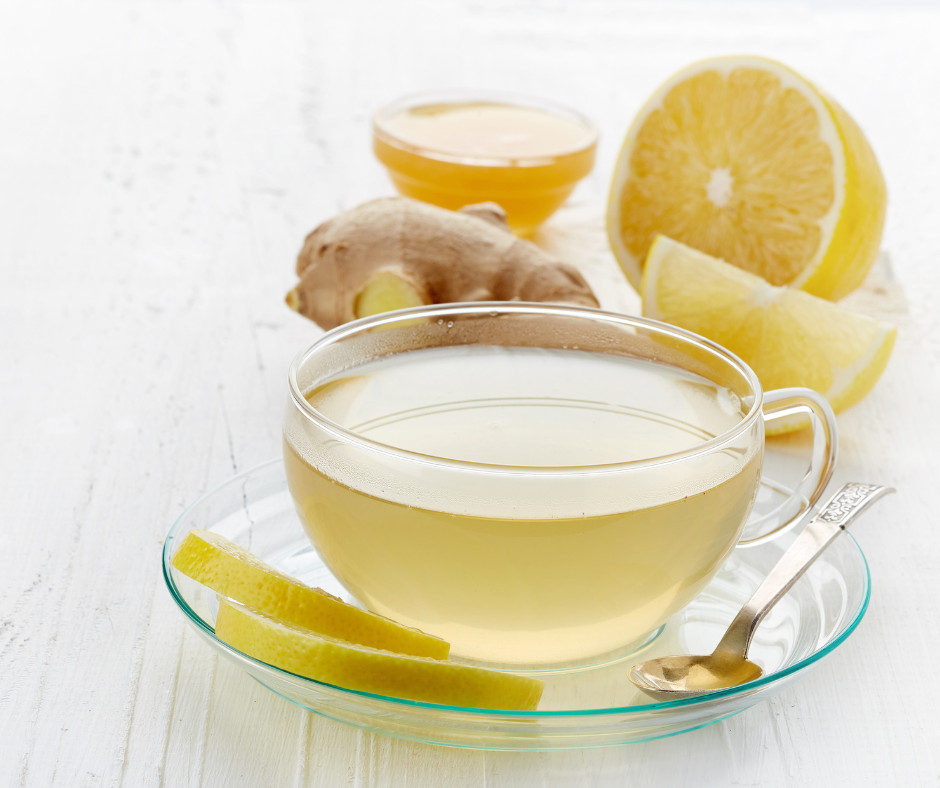





0 Comments